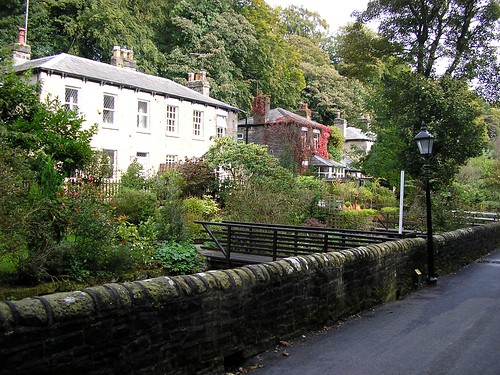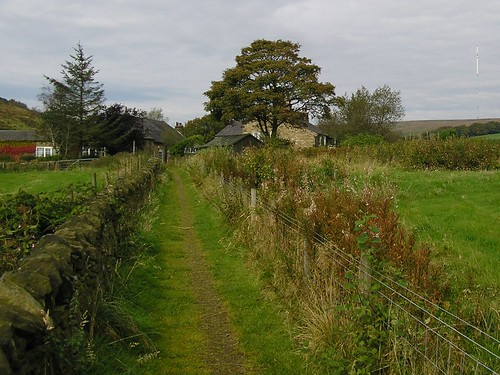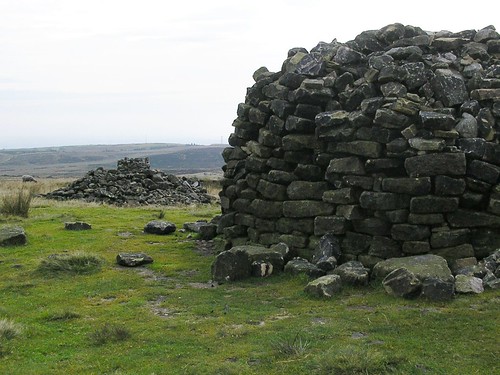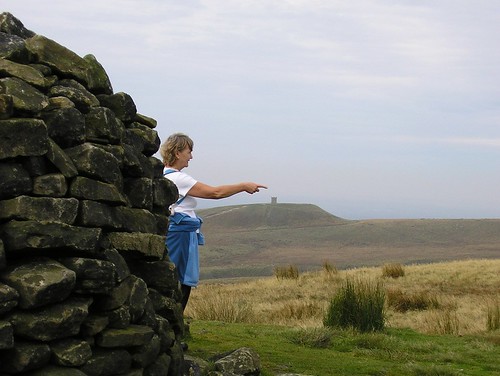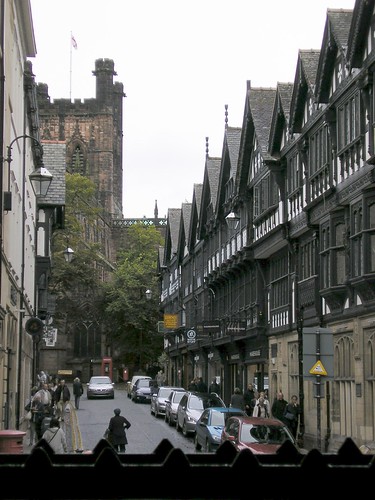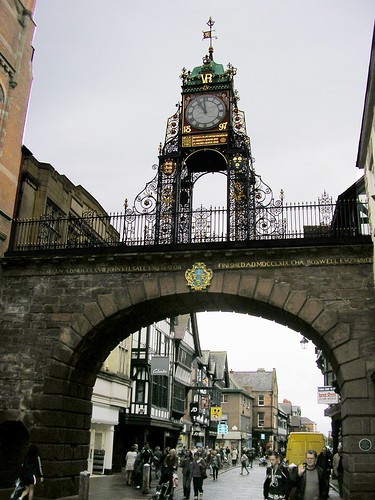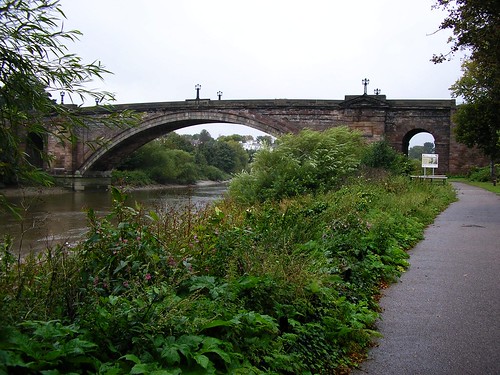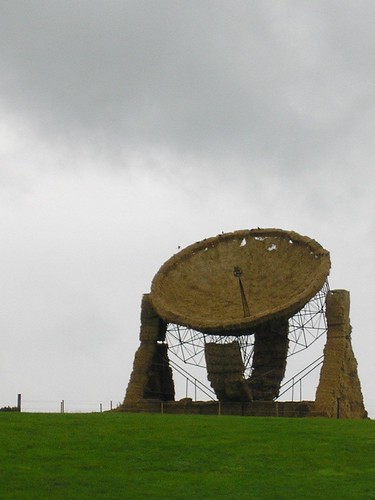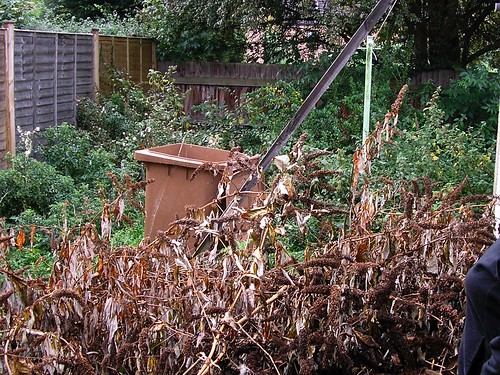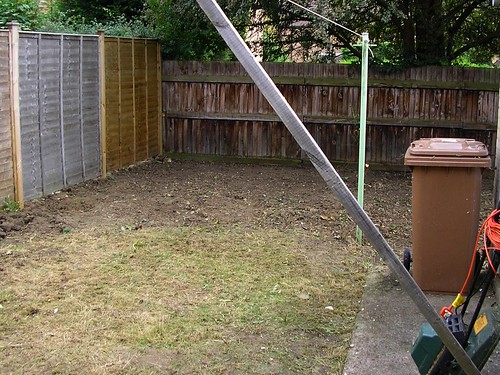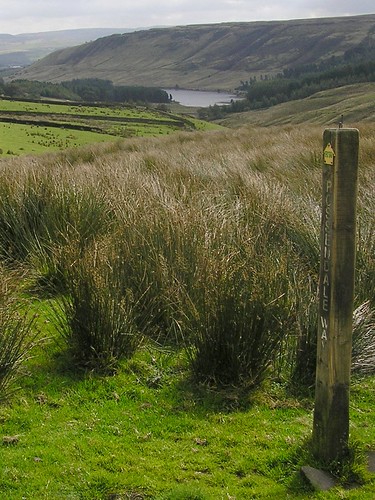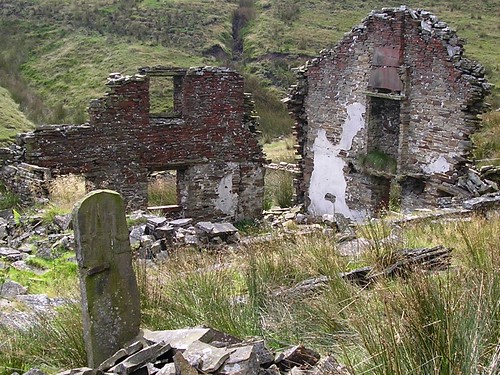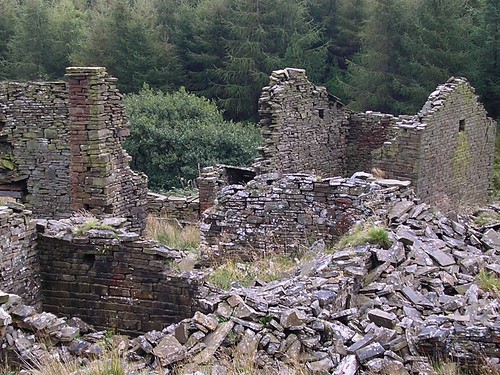Today the weather was unpleasant to say the least. We decided that it was an opportunity to visit
Josh Kirby's Exhibition at the
Walker Art Gallery in Liverpool.
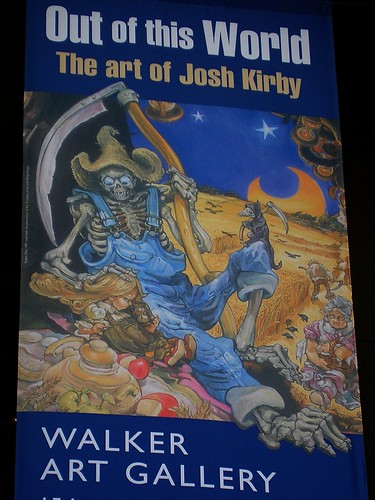
We visited the tip on the way to Liverpool, to recycle cardboard; we are good! Parking next to the entrance to the Queensway Tunnel, we walked up William Brown Street to the Gallery.

Here, and I quote from the Walker Gallery's website, we "explored a colourful world teeming with other-worldly characters, creatures, fantasy cities and landscapes in 'Out of this World: the art of Josh Kirby' - the first major retrospective of the Liverpool-born artist."
The exhibition covered Kirby's artistic career from his early days as a freelance artist to his famous cover illustrations for Terry Pratchett's Discworld and Eric/Faust fantasy books.
Ben will be impressed that Kirby’s work includes famous film posters such as Star Wars: Return of the Jedi and Monty Python's Life of Brian. I'm pleased that I didn't miss this unique opportunity to view Kirby's intricate paintings, un-cropped and in their original format. Chris liked the fact that preliminary sketches were included showing progression. I'll include some background for those of you who are interested...
Josh Kirby (1928-2001)
Born Ronald William Kirby in Liverpool’s Waterloo district, he studied at Liverpool City School of Art from 1943 until 1948. Settling in London in around 1951, he worked as an artist in film and commercial advertising. Kirby progressed to painting book covers, coming to specialise in science fiction and fantasy.
From 1965 until his death Kirby lived in an old Norfolk rectory, painting in a cramped pantry space no bigger than a cupboard. There he created much of his best known work. His heroes and heroines are archetypal fantasy figures; his scenes infused with ribald humour. Fantasy art is often associated with airbrushing but Kirby’s works were meticulously hand-painted, usually in gouaches or oils, over a period of four to eight weeks.
You can still visit the Exhibition until the 30th September 2007; if you can't do that then take a look at some of the images on the Walker Website at http://www.liverpoolmuseums.org.uk/walker/exhibitions/joshkirby/
An unexpected bonus was the "Unnatural selection: jewellery, objects and sculpture by Peter Chang"; Well worth a look while you are there but, in my opinion, not very practical jewellery.
More details of this exhibition can be found at http://www.liverpoolmuseums.org.uk/walker/exhibitions/peterchang/ and visited up until the 30th September as well!
For 2008 National Museums Liverpool has commissioned celebrated artist Ben Johnson to create an iconic cityscape of Liverpool, the most ambitious of his distinguished panoramas to date.
His cityscapes are world-renowned. The detail, the precision, the staggering scale of the work involved - everything about these paintings is astonishing. Do visit the flickr slide show at http://www.flickr.com/photos/nationalmuseumsliverpool/sets/72157594395968439/show/
Walking back through town we returned to the car and I took a picture of the statues at the mouth of the tunnel.
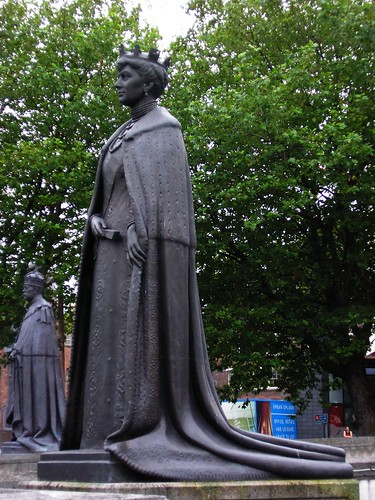
The tunnel was opened on July 18, 1934 by King George V and Queen Mary, in honour of whom the tunnel is named and whom the statues depict. 200,000 people watched the opening from the Old Haymarket entrance, in Liverpool.
Construction of the Road Tunnel started in 1925 to a design by consulting engineer Sir Basil Mott. Mott supervised the construction in association with John Brodie, who, as City Engineer of Liverpool, had co-ordinated the feasibility studies made by consultant Engineers Mott, Hay and Anderson. In 1928 the two pilot tunnels met to within less than an inch (25 mm).
The tunnel entrances, toll booths and ventilation building exteriors were designed by architect Herbert James Rowse, who is frequently but incorrectly credited with the whole civil engineering project. It cost £8,000,000 to build, and 1,200,000 tons of rock, gravel and clay were excavated, with some of this rubble being used to build Otterspool Promenade.
1,700 men worked in the tunnel of whom 17 were killed during work.
Blogged with Flock

